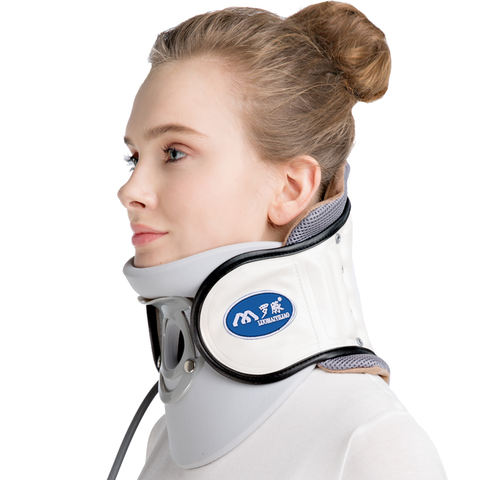Elderly participation in appropriate exercise is crucial for maintaining good health. Walking is a recommended form of exercise for the elderly, as it is simple, low impact, and widely popular. Seniors can choose to take a leisurely walk for about half an hour after dinner, gradually increasing based on individual stamina, without overexerting themselves. Walking is ideal during the initial stages.
Leg stretches are another beneficial exercise that can help relieve back pain and reduce pressure on the knees and hip joints. The method involves sitting on a chair, bending one leg with the foot on the ground, extending the other leg with the toes up, trying to touch the raised toes with your hand, and holding this position for 30 to 60 seconds before switching legs.
Tai Chi, as a traditional fitness activity, not only enhances health and longevity but also has a good effect in preventing chronic diseases, making it very suitable for the elderly. Its characteristics include mindfulness, smooth and coordinated movements that can relax the brain, slow down muscle atrophy, and maintain joint flexibility.
For elderly individuals with good physical fitness or exercise experience, sports such as badminton, billiards, and table tennis are good choices due to their moderate intensity. However, remember to warm up before engaging in these activities.
Brisk walking is also a suitable exercise for the elderly, gentler than fast running and accessible even for seniors with weaker physical conditions. When brisk walking, focus on the quality of movement rather than speed, stop immediately if you feel discomfort, and gradually increase speed as you adapt.
To assess whether the amount of exercise is appropriate for the elderly, self-monitoring can be done based on the following points: – Slightly elevated breathing rate during exercise is normal, but it should not exceed 24 breaths per minute. Regarding heart rate, those under 60 years old should keep it below 120 beats per minute during exercise; for those over 60, it should not exceed 110 beats, and any abnormal reactions require adjusting the exercise intensity. Dietary habits, sleep quality, fatigue levels, and weight changes are also important indicators. After exercise, appetite should increase, sleep should improve, extreme fatigue or rapid weight loss should not persist.
In conclusion, seniors should choose suitable forms of exercise based on their own conditions, gradually increase intensity, and ensure that the exercise is both safe and effective.


